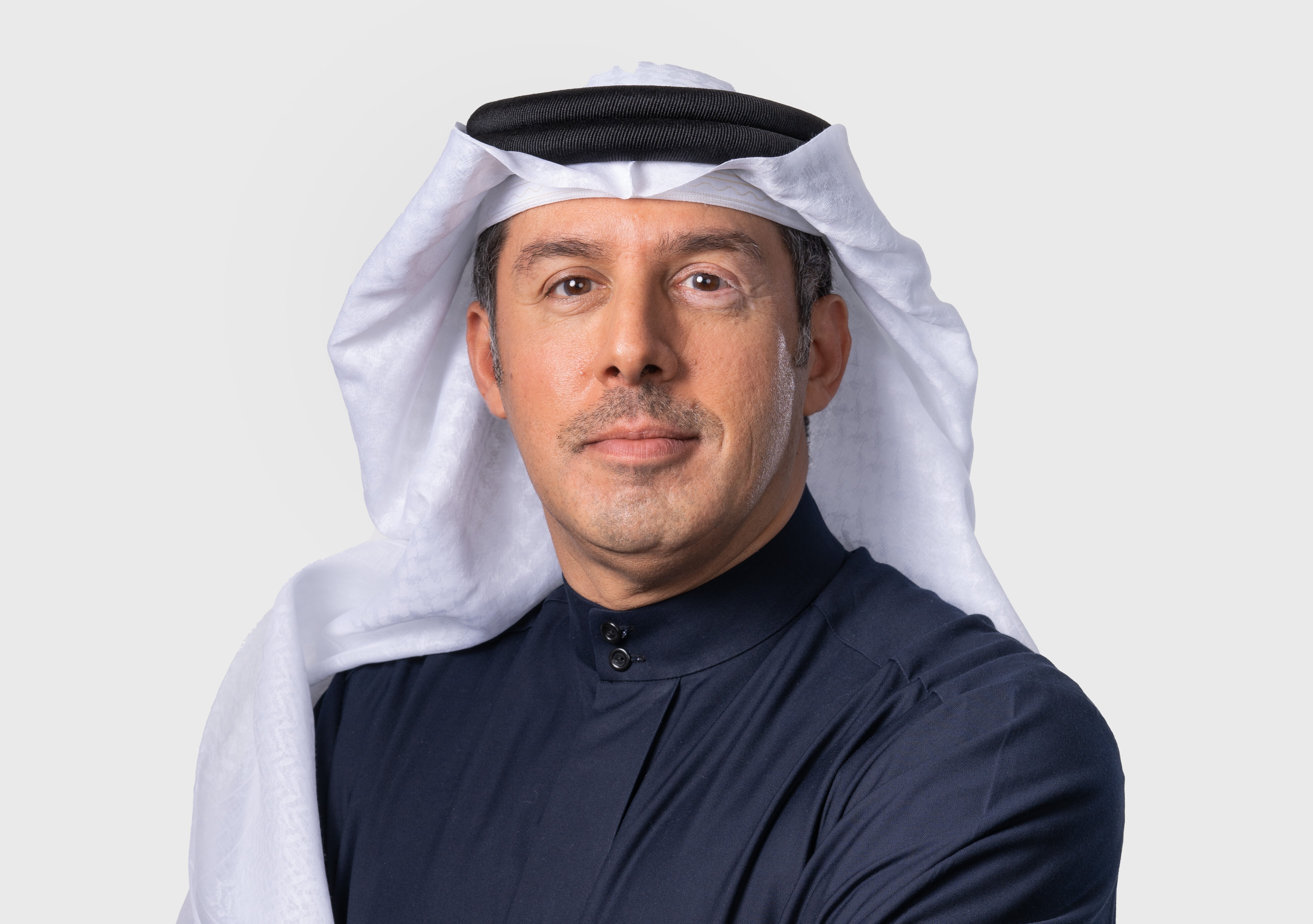

Aluminium Bahrain B.S.C. (Alba), the world's largest aluminium smelter at one site, announced its financial results for Q2 and the first half of 2025, revealing a large fall in profitability alongside modest revenue growth since the same time last year. Tariff pressure, escalated alumina prices, and sluggish aluminium demand were some of the critical factors that contributed to the downtick in Alba’s Q2 fiscal outcome.

Profit for Q2 2025 was BD24.6 million (USD 65.3 million), which reflected a downfall of 64 per cent Y-o-Y from BD 68.5 million (USD 182.2 million) last year. The profit for the first half of 2025 was also down by 54 per cent Y-o-Y to BD 42.7 million (USD 113.5 million). Earnings per share fell from fils (1 fil = AED 8.717.) 48 last year to fils 17 this year.
In contrast, total revenue on contracts with customers was up 7 per cent Y-o-Y in Q2 to BD 434 million (USD 1,154.4 million) and 14 per cent Y-o-Y for the first half of the year to BD 843 million (USD 2,242 million). Total Equity at the end of June 30, 2025, was BD1,924.4 million (US$5,118.2 million), up by 0.03 per cent, versus BD1,923.9 million (US$5,116.9 million) as of 31 December 2024. Total assets, on the other hand, were 0.6 per cent down from BD2,673.4 million (US$7,110 million) to BD2,657.9 million (US$7,069 million).
Margins under pressure from alumina prices
The primary driver behind Alba’s earnings decline was higher landed alumina prices. As Chairman Khalid Al Rumaihi explained, “The profitability gap compared to Q2 2024 is largely attributed to higher landed alumina prices in this period; without that distortion, our performance would’ve exceeded last year’s.”
In Q2, gross profit declined 54 per cent Y-o-Y, and in H1, gross profit fell 39 per cent. This margin compression demonstrates how commodity input volatility can more than offset revenue increases, which was a phenomenon seen throughout the global aluminium industry in 2023.
Also read: Alba reaches 38 million safe working hours without LTI, up from 37 million in June
Operational highlights amid adversity
Alba's production remained resilient with sales volume in Q2, reaching 411,007 tonnes, up 3.4 per cent Y-o-Y, while net finished production was relatively flat. It is noteworthy that value added products accounted for 76 per cent of total shipments, signalling a strategic shift to higher-margin, low-carbon aluminium.
CEO Ali Al Baqali praised the team’s efforts, saying, “Behind every number is the unwavering dedication of our people… Achieving 38 million safe working hours without an LTI is a testament to this commitment.”
Alba also reported progress in its e-Al Hassalah cost-saving initiative, achieving US$59.4 million in savings, nearing its 2025 target.
Global headwinds persist, market outlook cautiously optimistic
While global consumption was up 3 per cent YoY, much of the outlook is shadowed by trade tensions and supply constraints. The Q2 LME aluminium price was an average of USD 2,447 per tonne, down 3 per cent Y-o-Y. Interestingly, LME inventory fell 66 per cent, reaching the lowest since 2022, indicating supply constraints that could push prices up in the latter half of 2025.
In the Middle East, aluminiumm demand fell 4 per cent, with Bahrain’s own consumption falling 10 per cent. Tariffs, slow recoveries in key markets (i.e., Europe) and lower demand in Japan were variables that caused a lot of volatility.
Dividends and strategic growth are still on track
Generally, despite the pressures on earnings, Alba’s board recommended an interim dividend of BD14.93 million (USD 40 million). The company is also continuing to pursue its initiatives strategically, including its expansion of the EternAl™ Low-Carbon product lines, utilising AI platforms like Seeq, and implementing its digital transformation via RISE with SAP.
Long-term growth is still a focus: Alba anticipates over 2024 production volumes and will commence production at Alba Daiki Sustainable Solutions (ADSS) in 2026 to assist in the sustainable processing of aluminium dross.
Also read: Alba celebrates a new high of aluminium production – 2024
Responses








